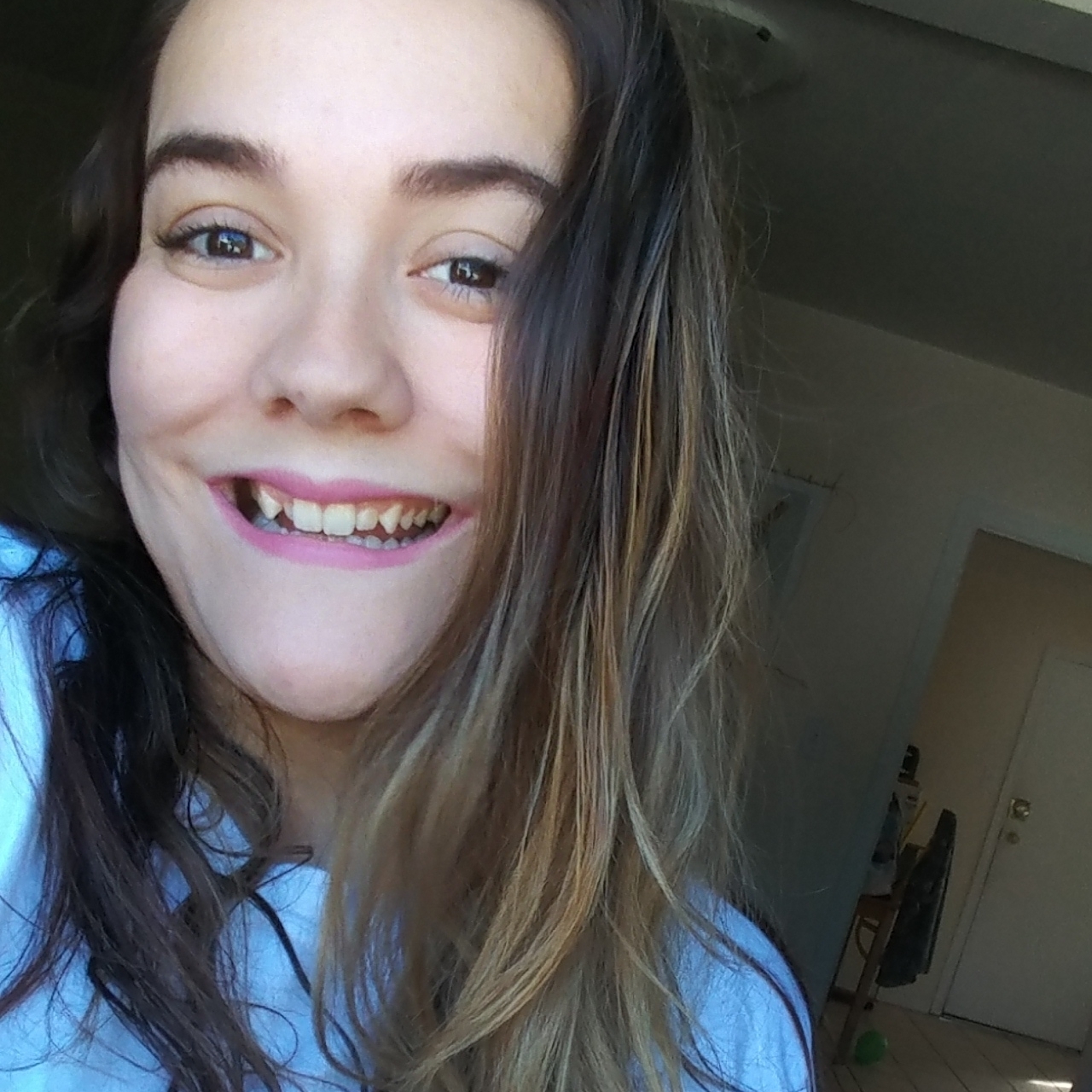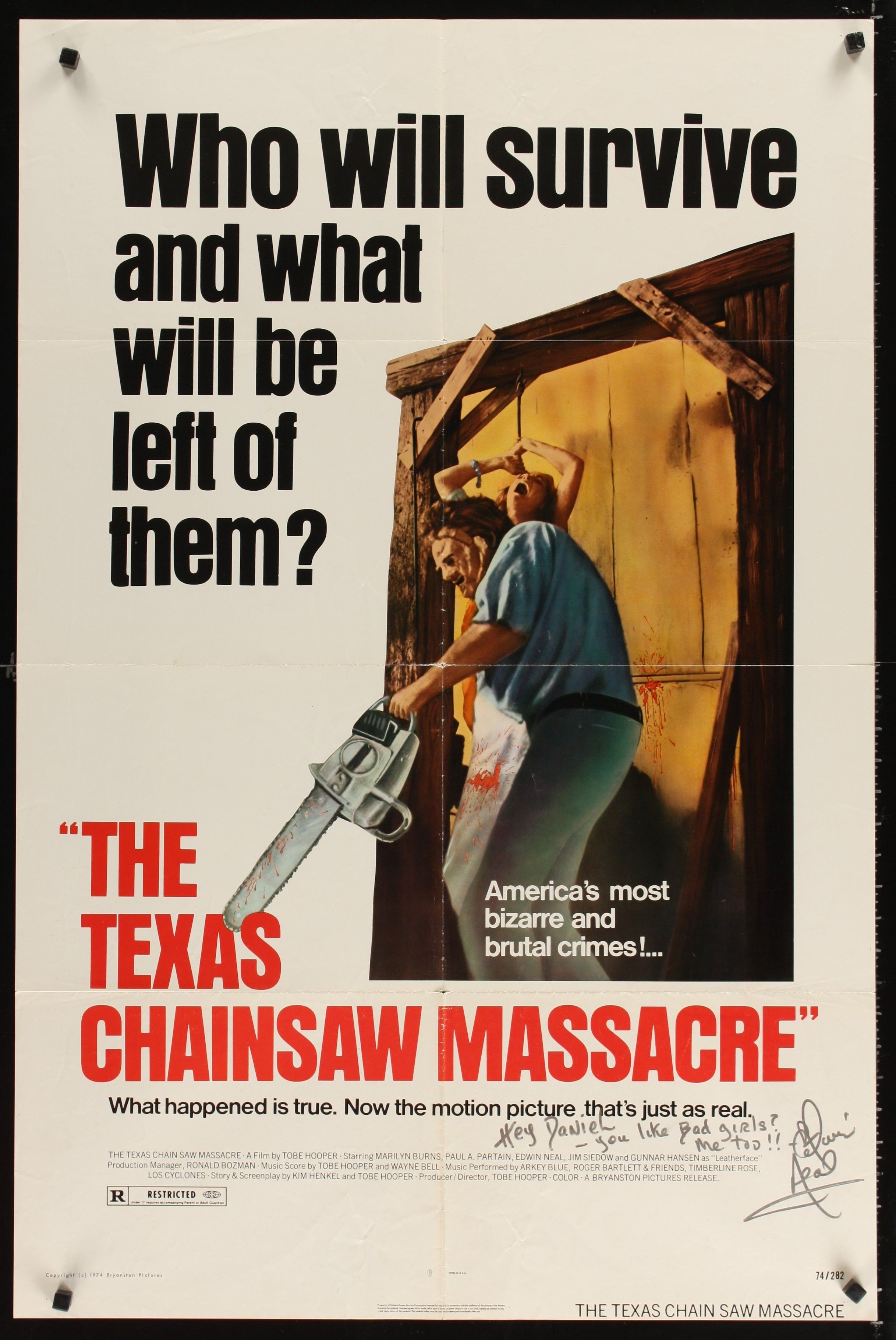The Boo Tube 👻
/Imagine watching Paranormal Activity or Psycho repeatedly; eventually it stops being scary. This is where horror television writers work to ensure that each storyline produces cinema-worthy scares without overusing the same tropes.
The horror film genre is lucky. Usually capping out at less than two hours, movies don’t need to keep anyone’s attention past the climax. But what about the newer trend of horror television? One of the most challenging aspects of writing any scary story is making the dreadful feelings persist throughout the narrative and leave an imprint in the mind that stays with the audience long after viewing. Screenwriters fight to keep viewers coming back episode after episode without becoming repetitive.
Image courtesy of netflix
We can look back at shows like Twin Peaks and see the very beginnings of what would become the TV horror genre, but the real breakout for fanatics was American Horror Story. Creators Ryan Murphy and Brad Falchuk created a new type of show that was both creepy and endearing. The first season had many horror fans hooked with its mysterious ghost house, and they kept that same audience coming back through six seasons. What American Horror Story did brilliantly was remove a lot of classic tropes typical of the genre and replace them with more complex characters. Prior to the show’s creation, not many films could say that the audience was truly invested in which people lived or died. American Horror Story relies on the audience getting invested in the characters by not simply reducing them to jock, brain, slut, and stoner stereotypes.
Another breakout TV show was brought to us by Ross and Matt Duffer. Stranger Things takes a similar approach to American Horror Story and really focuses on the development of its characters. It perfectly casts lovable misfits that you can’t help but root for… and then throws them into a terrifying science-fiction world. Unlike other shows of its kind, Stranger Things feels more familiar, which makes every event that takes place twice as scary as it feels like it could happen to you!
An amazing example of a new horror series done right comes to us through Mike Flanagan’s Haunting of Hill House. The interwoven timelines take us through an eerie chain of events that has viewers on the edge of their seats. The show doesn’t rely on jump scares typical of modern horror films, but instead creeps us out with what we don’t get to see. The true horror of Hill House Is waiting for the monster and not quite knowing what we’re scared of. Throughout the series, they reveal more and more but only just enough to keep watching. This technique, coupled with the brilliant score composed by the Newton Brothers, proves that a new wave of horror is just beginning.
image courtesy of netflix
Nikki McKenzie is full of sarcasm and also positivity and the embodiment of when Jim from The Office looks into the camera.








